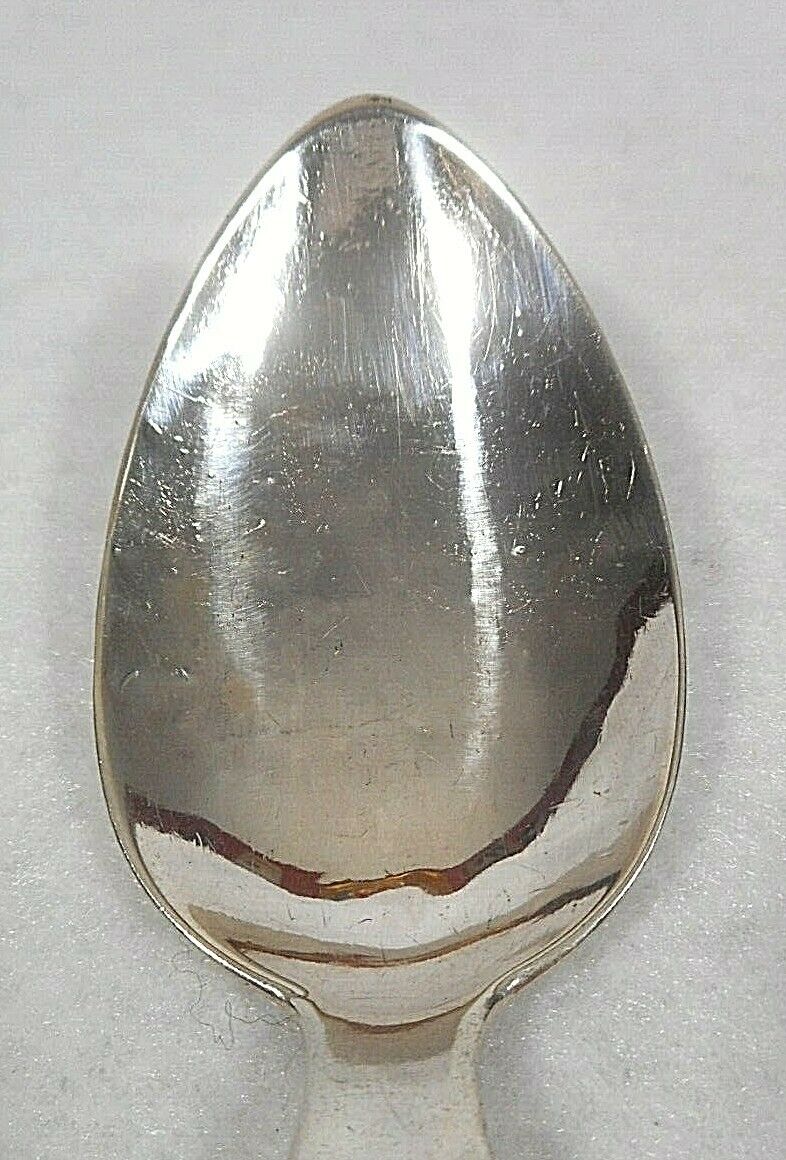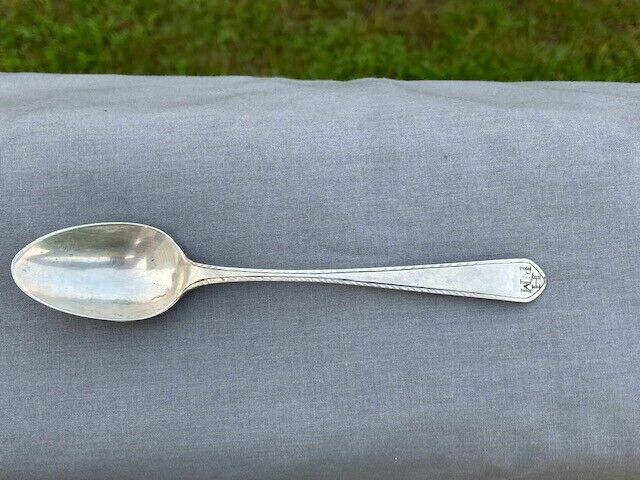-40%
Coin Silver Currier & Trott Boston, MA Teaspoon, ca. 1840
$ 11.61
- Description
- Size Guide
Description
Thank you for visiting our site. We have been in business since 1974 and wanted to expand our selling experience to the internet.Visiting us, you are supporting a service disabled veteran owned small business. We cherish our country and you as a perspective customer. Enjoy your experience and please let us know what we can do to improve your visit....
We are pleased to present a coin silver teaspoon crafted by Currier & Trott of Boston, Massachusetts. There is a monogram on the reverse handle that appears to be "MEF". It dates from ca. 1840 and is in good estate condition with typical minor surface scratches and multiple bowl defects. It measures 6" long and weighs 16.9 grams. The pictures are part of the description and all items are presented as found. Please ask questions prior to bidding. Code #
KJK
(S/LX)
2-22
-2021
Thank you for purchasing or considering one of our coin silver offerings. We wanted to share with you information regarding your selection.
More likely than not, your purchase predates 1870.
There is a difference between coin silver and sterling. Coin Silver is 90% silver and sterling is .925%. There is a difference of 2.5%.
It is the same composition as American coins made prior to 1964.
Part of the reason silver of all types tarnishes is due to the copper alloy contained in the piece. In coin silver there is 10% copper to give it strength.
From our colonial times until recently, silver signified affluence.
For the most part coin silver flatware demanded a degree of hand craft by a city/town silversmith. After the 1870’s and the establishment of the sterling standard silver mass manufacturing became prevalent. Perhaps one of the leading examples would be the Gorham Silver Company which started at 1 Steeple Street in Providence, RI as a silversmith in hand crafted or lightly manufactured pieces.
After 1870 the craft of hand production was eliminated except for special orders.
The Gorham company owned their own mines and after the Civil War had mining interests in the American Southwest or wherever a profitable mine could produce adequate silver for its endeavors. The Comstock Lode of 1859 catapulted the industry into mass manufacturing and by 1870 sterling had all but replaced coin silver.
The small, local silversmiths were replaced by jewelry shops and 'fancy goods' merchants; these shops retailed sterling silver made in large, mostly Northern, factories.
Collectors today are hindered by the lack of available pre-1800 silver which is rare due to the fact there was a smaller population of affluence. It wasn’t until the industrial revolution that silver manufacturing became more affordable and was proportionate to those who were obtaining modest to great wealth.
We have heard repeatedly that coin silver is inferior to sterling. That is simply not the truth. The 10% alloy of copper makes it stronger. It is the gauge of the metal thickness that makes coin silver apt to bend and dent more readily then sterling. Your purchase has a real place in our country’s history. It was a craft originally found in cities and towns. It later became as many other items a mass produced commodity by a group of large manufacturing companies. We recommend “Sterling Flatware Fashions” as a resource to identify your treasures.
You may want to consider collecting coin silver made in your state or in and around city centers prior to 1870. Remember this material will always retain a degree of value as gold and platinum.
Other Information
We will combine shipping on multiple items.
Sales tax applies for South Carolina residents. A valid resale certificate is required for tax exempt sales shipped with in South Carolina.
Please keep our troops and veterans in your prayers and thoughts.















